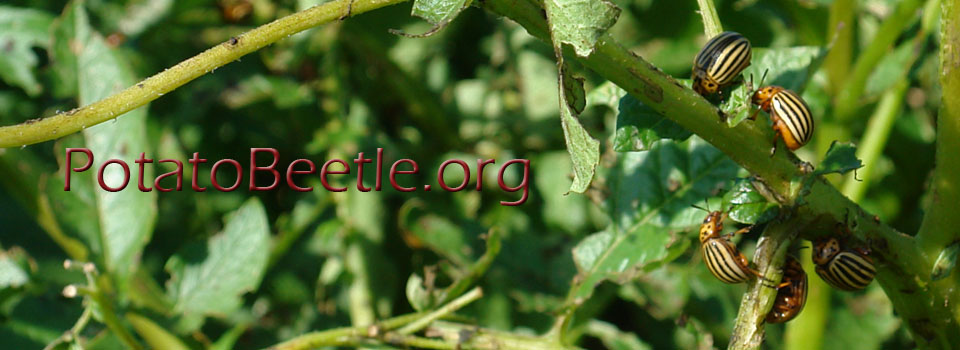Yoon J, Mogilicherla K, Gurusamy D, Chen X, Chereddy, S. C. R. R., Palli SR. Proc Natl Acad Sci U S A. 2018;115(33):8334-8339. doi: 10.1073/pnas.1809381115.
RNA interference (RNAi) is being used to develop methods to control pests and disease vectors. RNAi is robust and systemic in coleopteran insects but is quite variable in other insects. The determinants of efficient RNAi in coleopterans, as well as its potential mechanisms of resistance, are not known. RNAi screen identified a double-stranded RNA binding protein (StaufenC) as a major player in RNAi. StaufenC homologs have been identified in only coleopteran insects. Experiments in two coleopteran insects, Leptinotarsa decemlineata and Tribolium castaneum, showed the requirement of StaufenC for RNAi, especially for processing of double-stranded RNA (dsRNA) to small interfering RNA. RNAi-resistant cells were selected by exposing L. decemlineata, Lepd-SL1 cells to the inhibitor of apoptosis 1 dsRNA for multiple generations. The resistant cells showed lower levels of StaufenC expression compared with its expression in susceptible cells. These studies showed that coleopteran-specific StaufenC is required for RNAi and is a potential target for RNAi resistance. The data included in this article will help improve RNAi in noncoleopteran insects and manage RNAi resistance in coleopteran insects.
